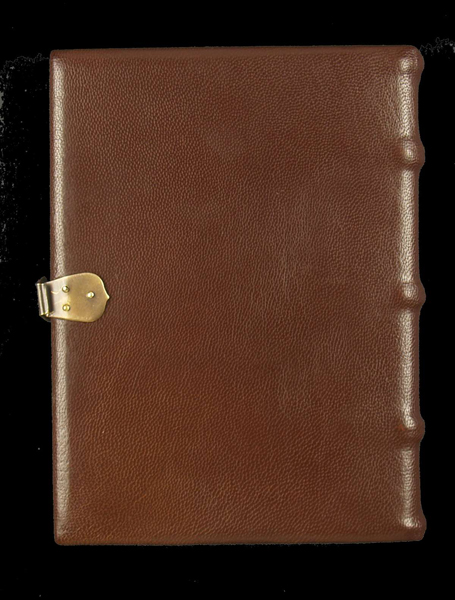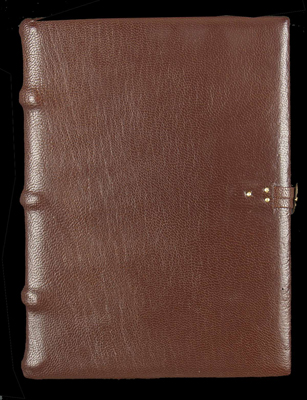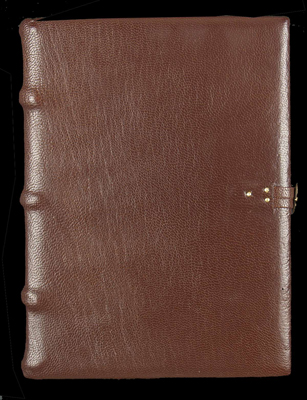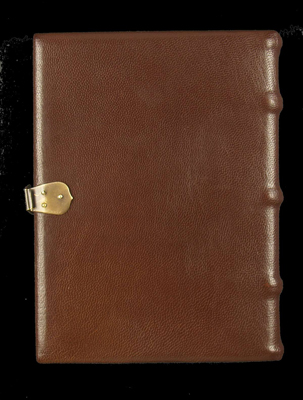Hexamerón. Sancti Ambrosii
Códice en vitela S. XIII-XIV
PROCEDENCIA: Archivo Capitular de la Catedral de Girona.
ESTADO DE CONSERVACIÓN: La acción conjunta de la humedad y la temperatura ha provocado una intensa proliferación microbiana, que además de pigmentar fuertemente el pergamino en tonalidades moradas, ha ocasionado importantes pérdidas y debilitamiento de la estructura interna de las fibras de colágeno. La actividad fúngica es activa, las esporas cubren parte del texto. También hay acción corrosiva de las tintas metaloácidas con pérdidas del soporte y problemas de adhesión de las tintas que se han ido desprendiendo.
RESTAURACIÓN: Se ha esterilizado por medio de anoxia. Se ha hidratado el pergamino en cámara de humectación. Se resolvieron las arrugas, dobleces y pliegues de los bifolios por medio de tensado bajo un ligero peso.
Se realizó su estabilización higroscópica manteniéndolos durante meses entre secantes que se cambiaron periódicamente, previo oreo del pergamino.
La inconsistencia del pergamino se ha corregido por medio de la adhesión de láminas de papel nao, 3,6 gr. Finalmente se trataron las perforaciones del pergamino producidas por el cosido de los bifolios adhiriendo papel japón. El adhesivo utilizado ha sido Klucel G.
__________
EN
Hexamon. Sancti Ambrosii
Codex in vellum. XIII-XIVth centuries
ORIGIN: Capitular Archive of the Cathedral of Girona.
STATE OF CONSERVATION: The combined action of humidity and temperature has caused intense microbial proliferation, which in addition to strongly pigmenting the parchment in purple hues, has also caused significant losses of support and weakening of the internal structure of the collagen fibers. Fungal activity is active, spores cover parts of the text. There is also corrosive action of the iron gall inks that caused loss of the support and problems of adhesion of the inks which are flaking.
CONSERVATION TREATMENT: It has been sterilized in an anoxia chamber. The parchment has been hydrated in a humidification chamber. The wrinkles and folds of the sheets were solved by tensioning under a slight weight.
Their hygroscopic stabilization was carried out by maintaining them for months between blotting paper that were changed periodically, previously to air the parchment.
The inconsistency of the parchment has been solved by the adhesion nao paper of 3.6 gr. Finally, the perforations of the parchment produced by the sewing of the sheets were also solved by adhering Japanese paper. The adhesive used was Klucel G.














































